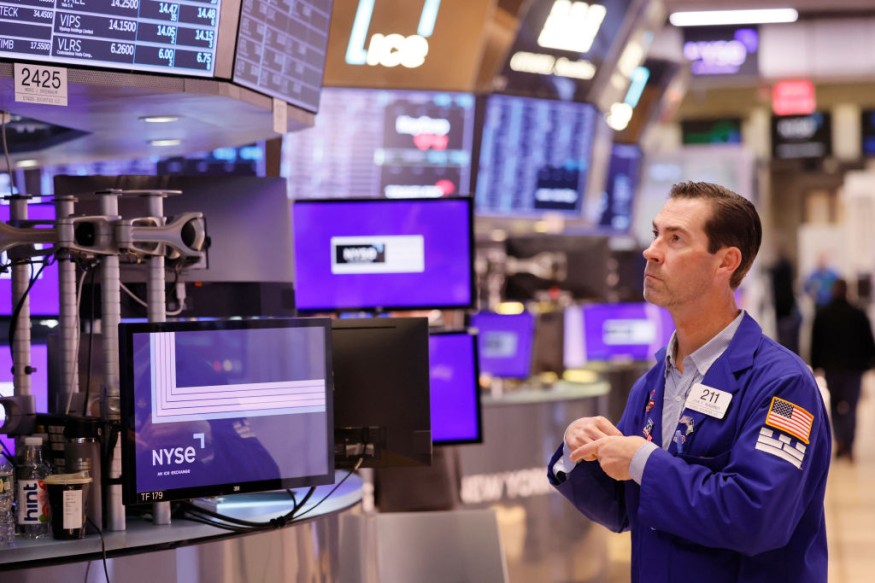Inflation Cools, Stocks Surge: Dow Rebounds with 489-Point Jump
Tuesday saw a sharp increase in US stock prices as investors cheered the release of the October Consumer Price Index, which shocked them with lower-than-expected inflation statistics.
The S&P 500 and Nasdaq increased 1.9 percent and 2.4 percent respectively, while the Dow Jones Industrial Average increased 489 points.
That's because the US economy has a better chance of avoiding a recession thanks to last month's mild inflation, which also raises expectations that the Federal Reserve may be finished raising interest rates.

The CME FedWatch Tool shows that market expectations of a rate rise in December have decreased from 14 percent to 0 percent since the release of the CPI report.
In October's report, prices showed no monthly change, contrary to predictions of a 0.1 percent increase. After peaking at 3.7 percent in September, the annual rate dropped to 3.2 percent, below estimates of 3.3 percent.
At 4 percent, core inflation was likewise less than anticipated.
Treasury rates fell as a result of the news, with the 10-year note falling by nearly 20 basis points to 4.439 percent. Just last month, long-dated US note rates broke the 5 percent barrier and reached nearly multi-decade highs due to investor concern of interest rate rises.
Unprecedented Challenges Loom
As the global economic landscape remains uncertain, the United States finds itself at a critical juncture, grappling with the looming threat of recession.
Unprecedented challenges, ranging from supply chain disruptions to inflationary pressures, have cast a shadow over the once-thriving economic powerhouse.
The Federal Reserve, the nation's central bank, has emerged as a pivotal player in the effort to stave off recession. With a combination of interest rate adjustments and monetary policy tools, the Fed aims to strike a delicate balance, supporting economic growth while warding off the specter of inflation.
On the fiscal front, policymakers are contemplating a range of measures to boost the economy.
From targeted stimulus packages to infrastructure investments, the government is exploring avenues to inject liquidity and foster job creation, all in an effort to shield the nation from the economic downturn.
Amidst the challenges, the U.S. is looking to its technological prowess as a potential savior. Investments in research and development, coupled with the promotion of innovation, are seen as key drivers to not only weather the current storm but also propel the nation into a more resilient and competitive future.
In an interconnected global economy, the U.S. is not alone in facing economic headwinds. Diplomacy and trade negotiations take center stage as the nation seeks collaborative solutions to mitigate the impact of global economic shifts. Navigating trade tensions and fostering international cooperation are crucial components of the strategy to sidestep recessionary pressures.
A Multifaceted Approach to Economic Security
As the United States grapples with the possibility of recession, a multifaceted approach is being embraced. From the strategic moves of the Federal Reserve to the implementation of innovative technologies and international collaborations, the nation is mobilizing its resources to build a resilient economic foundation. Only time will tell if these measures will prove sufficient to avert the impending downturn and secure a path to sustained economic prosperity.
Related Article: 10 little Things that will Make a Big Difference in Your FX Trading
Copyright © MoneyTimes.com











